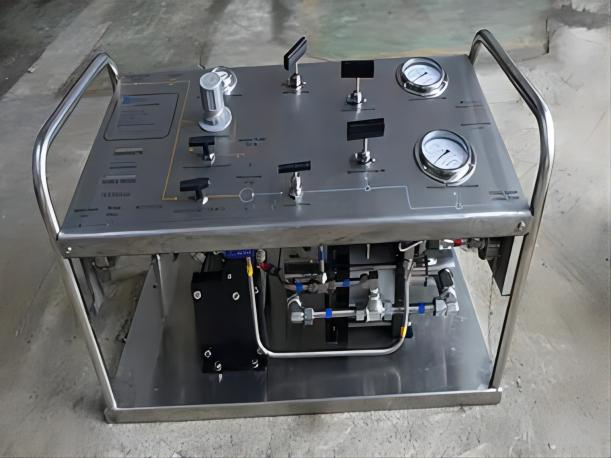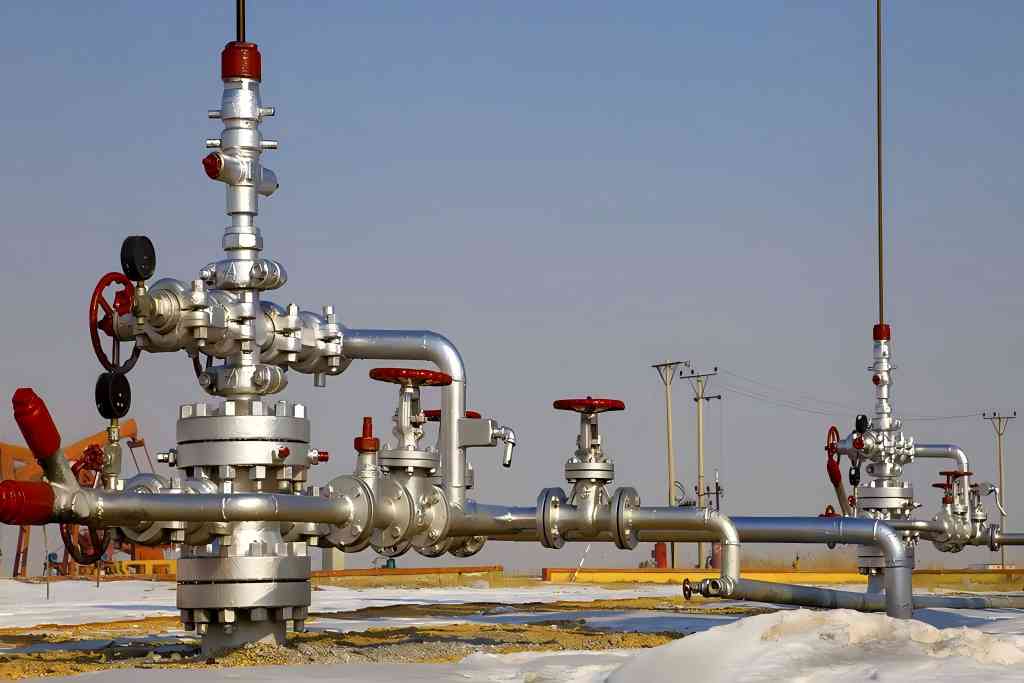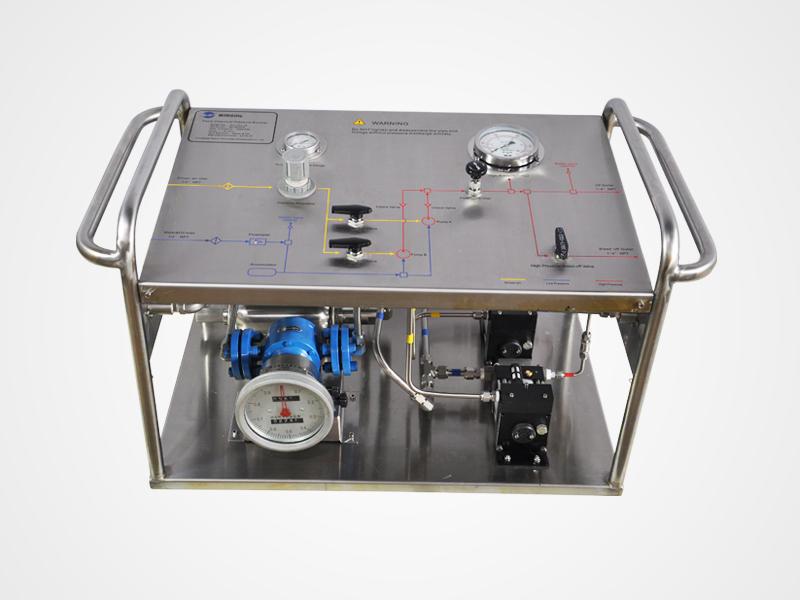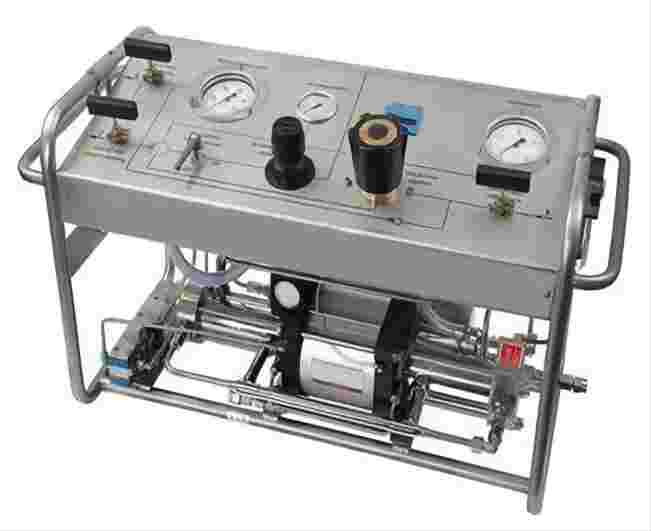5 Questions About Hydrostatic Test Pump
As for the hydrostatic test pump, you may have some questions. Today, this article will introduce 5 questions about the hydrostatic test pump.
A hydrostatic test pump is what?
A hydrostatic test pump is intended to test the pressure in a water or gas line up to 12,000 PSI to confirm the pipes are leak-free.
Once a sprinkler or gas line has been built, the user will pump fluids into the line to build up high pressure to a specified PSI, then hold the pressure in the line to see if the pressure remains constant. Leaks can be found by a drop in pressure or by employing a leak detection tool that can find any air bubbles in the line. If there are no leaks, the pressure will stay the same.

What kind of pump ought to be employed for hydrostatic testing?
High-pressure positive displacement pumps are the best choice for hydrostatic testing. Flow is a constant independent of system pressure with positive-displacement pumps, allowing for high pressure to be achieved and maintained in a system. For hydrostatic testing, this pump trait is crucial.
The way a hydrostatic pump operates.
Two cavities make up hydrostatic pumps: one on the fluid output side of the pump that shrinks and one on the suction side that grows. Fluid enters the pump as the suction side chamber swells and exits the pump as the discharge side cavity decreases or collapses.
How is a hydrostatic test conducted?
Hydrostatic testing involves filling containers with high-pressure water until they reach their designated capacity; this allows engineers to see where leaks develop (indicating small holes) and how robust each welded seam is.
What distinguishes the hydro test from the hydrostatic test?
Another type of pressure testing is hydro testing, which involves injecting a liquid (typically water) into a pipe system to look for structural faults that could allow leaking. Leaks that only become apparent at high operating pressures can be found through hydrostatic testing.
Qualities of a Hydrostatic Testing Pump
As you can see, a business that performs hydrostatic testing could provide its services to several sectors of the economy. As a result, a pump that can function at various pressures while still meeting the required standards will be needed.
A corporation, for example, may test fire sprinklers one day and fire hoses or plumbing systems the next. An operator could utilize a pump rated up to 1,200 PSI for an application and then reduce it to 250 PSI for a sprinkler test. To accomplish that threshold, the pump’s pressure is changed with the help of a pressure regulator. In the sprinkler test, after the pressure reaches 250 PSI, it will bypass any extra pressure to maintain line levels.
The true usefulness, however, is in maintaining constant pressure. A hydrostatic test cannot have changing pressure, which is why an electric plunger pump is perfect. In contrast to a diaphragm pump with flexible parts, a plunger pump’s pressure does not fluctuate. Though they differ significantly, both are regarded as positive displacement pumps.
The amount of flow output that a pump is capable of producing worries operators as well. They don’t want to be standing about all day waiting for a system to fill and achieve the desired PSI. The system will fill more quickly the higher the flow rate of a pump.
Many applications, such as fire hoses and sprinkler systems, require a minimum flow rate of 3.0 GPM. Our 350U and 356U series pumps have a wide range of flow potential when used in conjunction with a pressure gauge and regulator. They can reach a fantastic amount of flow and fill lines more quickly when operating at about 250 PSI, which allows operators to enter and exit jobs more quickly and reduces labor expenses.
Electric plunger pumps are perfect because of their continuous flow and pressure, silent operation, and ability to be moved around to fit into small places.
In critical systems or the hydrostatic testing pumps used to test them, failure is not an option. Find out more about what makes Pumptec hydrostatic testing pumps different from the competition and how our engineers can create a solution that meets your exact requirements. Contact a pump specialist right now.






